Alon Aircoupe G-AROO Model
Production Time 9 to 10 weeks
Shipment is by FedEx, UPS or DHL International Express Courier with a normal door-to-door delivery time worldwide of within 2-3 business days after dispatch. Due to the current volatility of world fuel prices, the amount mentioned here is our best estimate for DHL and UPS and may be subject to change at the time of shipping.

Porduct Statistics
Length: 11 Inches (27.9 Centimeters)Wingspan: 16.3 Inches (41.4 Centimeters)
Height: 3 Inches (7.6 Centimeters)
Scale: 1:22
$239.50
Manufacturer: Engineering and Research Corporation ERCO
Production Time 9 to 10 weeks
-
United States dollar ($)
-
Pound sterling (£)
-
Euro (€)
-
Australian dollar ($)
-
Canadian dollar ($)
-
Singapore dollar ($)
-
Swiss franc (CHF)
-
Japanese yen (¥)
-
Danish krone (kr.)
-
Hong Kong dollar ($)
-
Norwegian krone (kr)
-
Swedish krona (kr)
General Product Description
Our MyMahoganyModel Alon Aircoupe G-AROO Model exhibits unique, unrivaled quality and detailed design to come as close as possible to the accuracy of the actual plane. It comes as standard with a robust, durable base or stand which is available in a variety of different finishes designed to match your own personal requirements including solid wood, wood with polished metal supports or adjustable wood wall mount and will be ready within about 9-10 weeks from placement of order.
The Alon Aircoupe G-AROO Model is made of the finest kiln dried renewable mahogany wood (commonly known as Lauan or Meranti) which has undergone many stages of carving and meticulous and careful sanding giving the beautiful finished museum quality masterpiece. Many collectors and model connoisseurs demonstrate their preference for genuine handmade and hand painted mahogany wood models rather than plastic or die cast (diecast) alternatives due to the overall look and totally different feel of the item - we trust you will find the same. We can, however, if required produce the same model in Solid Cast Resin so just click and contact us us for further information. Our craftsmen and gifted artisans ensure that our finely handcrafted model airplanes match the precise blueprint details of the original aircraft. The paint scheme, markings and parts are closely matched, reflecting the original aircraft. This stylish top-quality desktop replica model will surely enthrall anyone who receives this as a gift and for sure one of the most appropriate and desirably collectable gifts for any aviation enthusiast and avid aircraft collector whilst also displaying a perfect resemblance to the actual aircraft.
If you require we can also make the Alon Aircoupe G-AROO Model in any other airline, private livery or colour scheme you require and if necessary in a different size or scale. Just click here to contact us with a description or photographs of what you require, and we will let you have a quotation for the necessary customization by return email. We can also make bespoke scale replicas of any other private / civil commercial airliner or airliners, helicopter, glider, gliders with engines, military jet, warplane jets, propeller warplanes, biplane, triplane, tail fin, spacecraft, rocket or NASA model you require in any airline, military or civilian livery or colors. We also produce model airships, blimp, dirigible, blimps, boat and ship collectibles. Wall plaque or seal for military, government or private customers. Again, by clicking here to contact us just let us know exactly what you need.
Quick history
This plane is a member of the family of planes known as +Ercoupe+. or Aircoupe. The Ercoupe was designed between 1936 and 1940, with the first flight of the prototype in 1937. Before WW2, 112 were built and approximately 5,000 were made immediately after the war. About 400 more were built between 1958 and 1969. The original name was derived from the name of the company, +ERCO+., which stood for +Engineering and Research Corporation+.. When later companies manufactured the plane, it was called the Aircoupe.
Designed by +Fred Weick+. and a small team, the Ercoupe was the first plane to incorporate much of the original research that Weick performed as the assistant chief of the NACA aerodynamics division. These new features include the inability to be held in a spin, the tricycle landing gear to improve landing and take-off safety, the fully cowled engine, and a control system in which the rudders are linked to the ailerons to simplify controlling the airplane. All these features were invented by Fred Weick and his team.
Basic flying characteristics are the same as modern aircraft with one exception. In the Ercoupes with linked rudders/ailerons, in a cross-wind, the airplane is landed in a wing-level crab. Though the main landing gear is sturdy, it is not abnormally strong and certainly doesnt swivel. Yet, due to the natural geometry of a tricycle with a swiveling nose wheel, the airplane immediately lines up with the direction of travel after touchdown. Two-control Ercoupes fly with a demonstrated cross-wind component of 25 mph. Some Coupers regularly fly with even stronger cross-winds.
Engine comparison
The planes with 75 hp engines have pretty good performance. They will generally fly between 98 and 106 miles an hour, depending on the pitch of the propeller. This is a good benefit of the airplanes designer being the time-periods leading authority on propellers.
When comparing the following figures with your own plane (or the one you are about to buy) consider these factors: The propeller pitch will greatly affect the cruise speed and climb performance. For every inch of steeper pitch, there will be about two miles per hour gain in speed until you reach the point (very quickly) when the engine doesnt have the horsepower to spin the prop up to speed. As speed increases, horsepower required increases almost linearly until a certain speed is reached where much more power is required to effect each new increment in speed. The speed at which this occurs depends on the shape of the object being pushed through the fluid, in this case, the air-frame through air.
At some point, a steeper pitched prop will result in less thrust than would be obtained with a flatter pitched propeller. Probably before this point is reached, the climb performance will be nonexistent — climbing is done at slower speeds where the steeper pitched prop is even more inefficient!
+Ercoupes+. with the 85 hp engine get better take-off and climb performance, and will cruise a bit faster, and will use a little bit more fuel than 75 hp planes. But theres not a lot of difference. Cruising speeds with the 85 hp engine range from 104-112 mph.
Most of the 85 hp engines in service in C and D models have been converted from 75 hp engines. This was done (as allowed in type certificate A-787 note 4) per Continental Service Bulletin M47-16 dated June 7, 1948. Mostly, this requires changing the carburetor fuel jet to allow more fuel flow, remarking the oil dip-stick to show 4.5 quarts as full, adding a couple of engine baffles to take care of increased heat production, and changing the propeller so it conforms to the requirements of the new engine. The details are in the Ercoupes Aircraft +Specification A-787+. and the other documents mentioned.
There is some performance gain — about 2-3 mph according to Paul Prentices book Fly-About Adventures and the Ercoupe.
The +Forney+. Aircoupes have the C-90 engine with a well matched propeller. They always out climb my C-85 which has a climb propeller and they have to throttle back quite a bit for me to stay with them in cruise. Cruising speeds probably run from about 106-114 mph (again according to Paul). The Alon Aircoupes, with their sleek bubble windshield and 90 hp engine often claim cruising speeds up to 124 mph.
With the O-200 engine, climb improves again, but cruising speeds drop down because of the propeller that was STCed with the engine conversion. In the absence of definitive data, estimate cruising speeds to be about 108 mph. Someone whod like to research alternate propeller lengths and pitches (and fight with the FAA for approval) may be able to trade some of that climb for somewhat better cruising performance.
Remember that, for each airframe, there is a natural maximum speed determined by the shape and drag. To get to that speed, it doesnt take much increase in power. To go faster than that speed, it takes a lot more power. So, putting a much bigger engine on a plane will make it climb much better and yet it may not fly much faster.
Different models
Which models are dogs, which are the best? Id say that none of the models are dogs. The later models are most popular among aficionados. The pretty bubble canopy on the Alons may increase the top speed, but they have a window-open max speed of 100 mph. The slide-down canopy on the older model allows windows-down open-cockpit flying at any speed.
A difference that may be important to you is gross weight and airplane weight. The C model only allows a gross weight of 1,260 lbs. In the early planes of the model, the weight of the airplane was low, the useful load was around 450 lbs, the fuel tanks about three gallons (total) smaller than in later models and the weight left over for pilot, passenger and luggage was reasonable. The planes had minimal instrumentation and equipment.
As the months and years went by, the planes got heavier — starters, batteries, gyro instruments, radios and more were installed. Useful load shrank with full fuel to where many planes could only carry one person, legally.
Beginning with the D model in early 1947, serial number 4424 through 4499, 1,400 lbs gross weight was allowed — a big improvement. This entailed limiting the elevator to 9 deg; instead of the previous 13 deg; due to inadequate stability in the condition of full power, full gross weight, and full up elevator at 13 deg;.
The 9 deg; limitation on the D models elevator did not allow as slow a landing speed and this was thought to be less desirable. Therefore, beginning with serial number 4500, in about April of 1947, the plane came off the line as the CD model with all the Ds improvements but with the elevator restricter bolt in the 13 deg; hole and allowing only 1,260 lbs gross weight. According to the type certificate A-787, the plane could be converted to be a D model, allowing it the 1,400 lb gross weight, if the owner desired.
The E and G models had the split elevator, 85 hp engines and were allowed 1,400 lbs gross weight. The split elevator allowed the slipstream to flow through the split without much affecting the elevator. This allowed slow flight similar to the C model but with little change in trim between zero and maximum engine power. The F model, a fuel injected variant, was not marketed. The E model was introduced in 1948 and the G +Club-Air+. and H models were introduced in 1949.
The H model was stripped down with only a 75 hp engine, no starter, radio, lights, battery or generator. Only seven were produced and these may have been converted to add those features back in.
Beginning with +Forney F-1A+., serial number 5715, the gross weight was increased to 1,450 lbs. (Note: Forney F-1, serial number 5611-5714 can be upgraded to be F-1A according to Aircraft Specification A-787, note 5.)
A popular folk wisdom is that the Coupe will fly with anything that you can fit into it. This is belied by the occasional event such as when our club president, Jack Harkness, and Jimmy Funk died when they tried a high, hot take-off at high gross weight. I have personal maximums for the gross weight with which Ill fly. Remember, if you fly above legal gross weight, you probably have no insurance and you are a test pilot in an unproved airplane.
For perspective, most Coupes weigh around 850-950 lbs. Mine hasnt been weighed recently but is supposed to weigh 890 lbs.
Serial numbers 113-812 were mostly constructed the same as the pre-war planes except that a 75 hp engine was used and a starter, generator and battery were added.
Pre-WW2 Ercoupes used a cast aluminum alloy main landing gear and Hayes wheels. Post war planes, serial numbers 113-812, used a welded steel landing gear. Numbers 813 and up used forged aluminum parts and Goodyear wheels and brakes with 6.00 x 6 tires. Alon introduced a spring-steel main gear that was simpler and almost maintenance-free. However, it was stiffer when taxiing on rough ground (the old-style main gear was still offered as an option).
Early Coupes used an elevator trim system that included a crank on the instrument panel to change bungee tension on the control column. Later models used an aerodynamic trim tab on the elevator which worked better and provided a backup aerodynamic control of the elevator in case of control cable breakage. Still later models increased the area of the trim tab. The aerodynamic tab is desirable and is available as a kit from Skyport.
On later models of Ercoupe, the throttle and trim were on a quadrant at the bottom center of the instrument panel. Later manufacturers dropped this feature.
Forney built the plane from 1956-1960. The biggest change in the Forney Aircoupe was the introduction of the Continental C-90 engine and a well matched propeller, giving improved performance. They also, according to Stanley G. Thomas, in his book The Ercoupe, replaced the fabric covering of the outer wing panels with metal, installed the bubble windshield and larger rear windows of a more rectangular shape, installed bucket seats, modernized the instrument panel and replaced the rubber doughnut cushions in the main landing gear with Belleville springs.
Keeping the split-elevator, Forney improved it by adding a pre-loaded spring to the elevator control system that would give the feeling of a stop at 60 mph (about 13 deg;) yet allow the pilot to pull through the spring to get the low speed landing with 20 deg; of up-travel.
Forney also initiated the double-fork nose gear which has been retrofitted to many earlier Coupes. The earlier, single-fork nose gear was more susceptible to shimmy than the double-fork. However, if your plane has no shimmy problem, just keep it in good repair, theres no need to change. Forney also added large rear windows.
The +F-1A Forney Trainer+. allowed an increase in gross weight to 1,450 lbs (up from 1,400 lbs).
Air Products Co., then manufactured F-1A Forney Trainers at Carlsbad, New Mexico between 1960 and 1962.
The Alon Aircoupe, built from about 1964-1968, incorporated a sliding-back bubble canopy and a greatly improved instrument panel with the ability to easily add radios. The Alon Aircoupe had three-controls standard (configured like standard aircraft with rudder pedals controlling the nose wheel). The two-control arrangement was offered as an option. Alon also lowered the window sills to allow easier entry. The early Alons had a glass bubble canopy with no sun-shade over the top allowing unrestricted visibility during turns. The later +Alons+. (perhaps starting at the beginning of the A-2A had a sun-shade built into the canopy greatly restricting upward visibility yet keeping the occupants cooler.
Mooney bought the rights to the design and redesigned the tail to be the single Mooney-style. The new Mooney M-10 Cadet was designed to be spinable. It kept the Ercoupe fuselage and wing, the C-90 engine and the later variant of the Alon canopy.
The type certificate and parts manufacturing authority for the Coupes are now owned by Univair of Boulder, Colorado.
Popular upgrades
Modifications that are popular are upgrades from the C to the D model, the large baggage compartment, Cleveland brakes (I personally consider this a high priority), instruments, radios, lorans, paint, wheel pants, and the split elevator (for improved handling, this is part of conversion to the E model).
According to an FAA specialist I talked to at Oshkosh, an airframe may be converted to be a different model only if it is explicitly allowed in the type certificate.
The conversion of Ercoupes serial number 113-4423 and 4500-4868 to be model D is explicitly allowed by Aircraft Specification A-787. (Numbers 4424-4499 are already D models.)
The FAA specialist also said that an aircraft may be converted to be like model x, meaning that all things necessary have been done to make that plane a model x even though it cant really be a model x. In other words, while you can convert your C, CD or D to be like model E, it isnt really a model E. But for all practical purposes, you still get the increased safety of the split-elevator. Talk to your Flight Services District Office representatives (after first talking to local mechanics to find out which specialists normally approve changes and which ones normally reject changes).
Both C and D models are eligible for conversion to 85 hp engines. For model C, see A-718, section Engines and Engine Accessories, paragraph 110. For model D, see A-787, note 4. Conversion of model D Ercoupes can be done to a Continental O-200, 100 hp engine by paying for use of Skyports STC (supplemental type certificate) and, of course, doing the FAA paperwork. Conversion to the O-200 for other models and other engine conversions would require that you persuade the local FAA representative to sign off on a onetime STC.
| Weight | 6 kg |
|---|---|
| Dimensions | 11 × 16.3 × 3 in |
Be the first to review “Alon Aircoupe G-AROO Model” Cancel reply
Related products
Private & Civilian
Private & Civilian
Private & Civilian
Private & Civilian
Private & Civilian
Private & Civilian
Private & Civilian
Private & Civilian

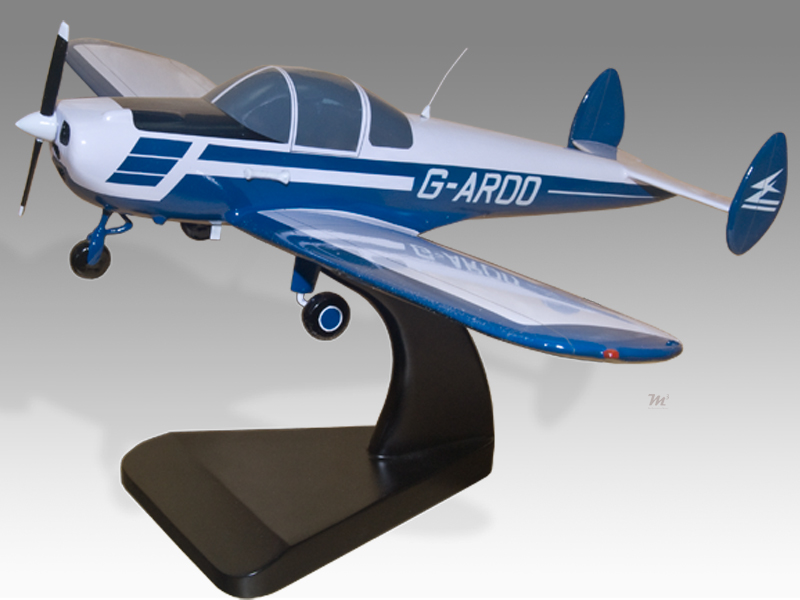
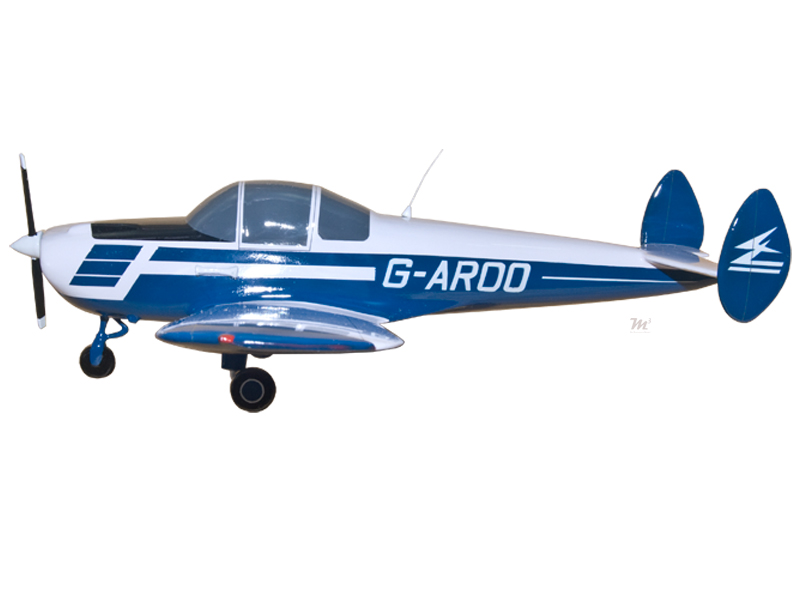
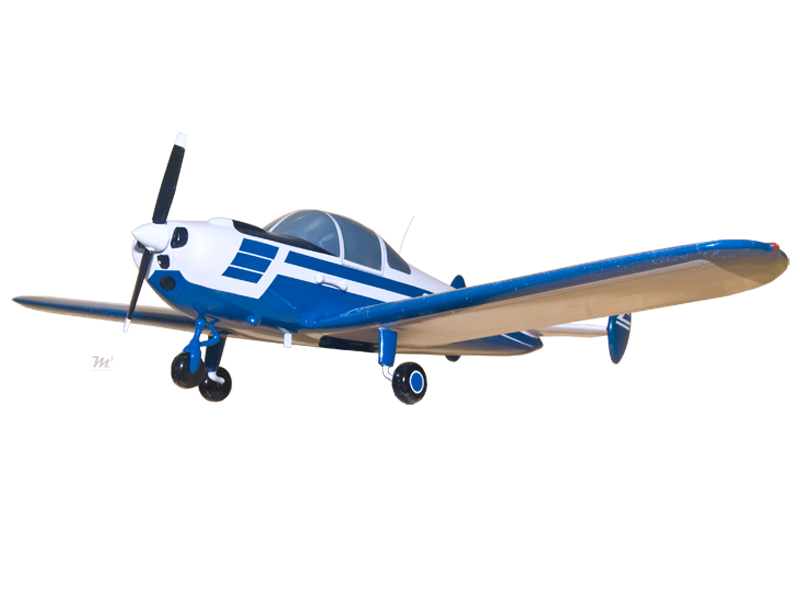
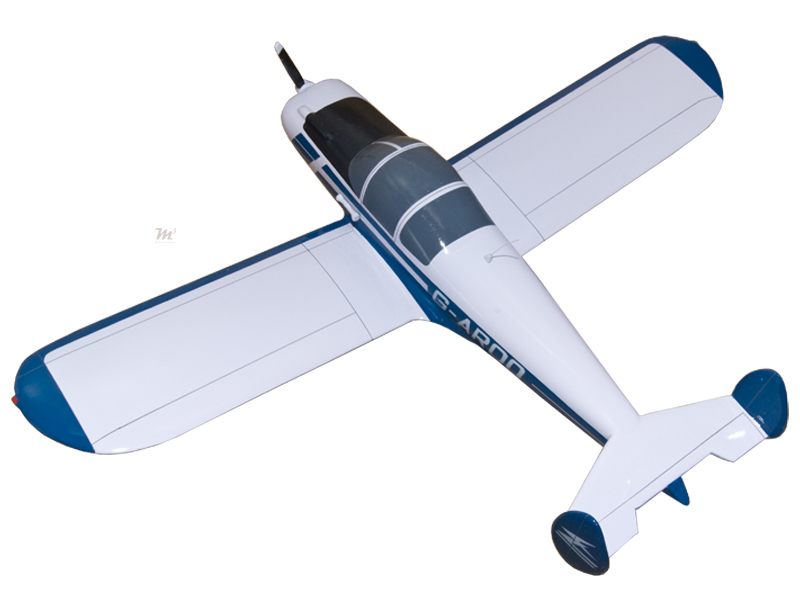
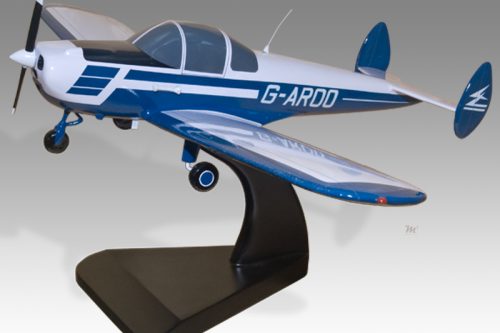
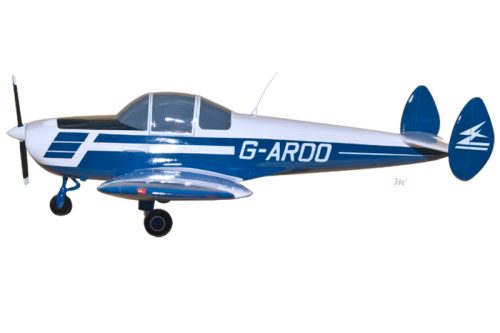
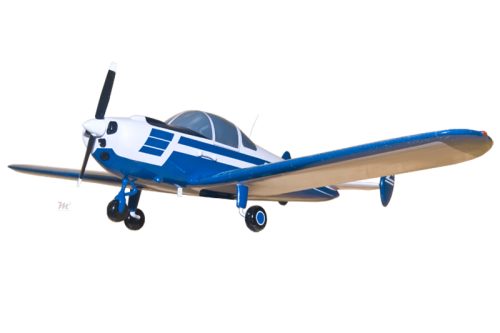
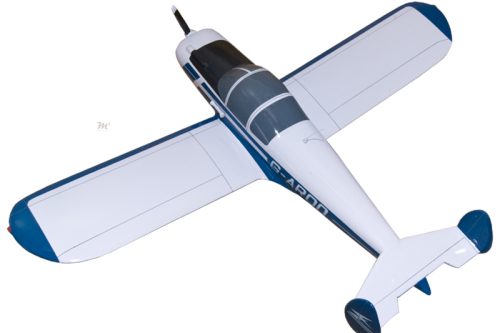
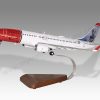
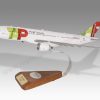

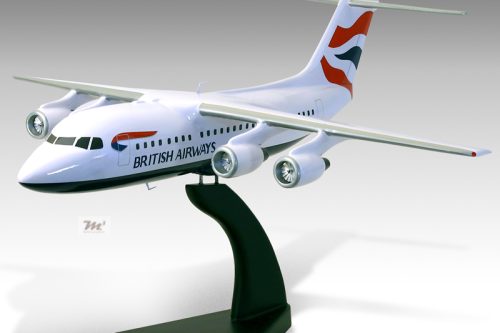
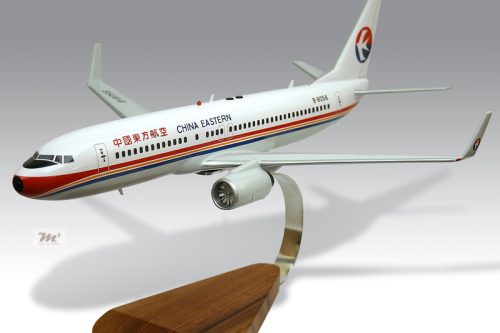
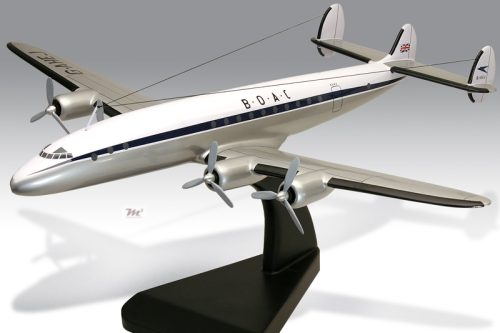
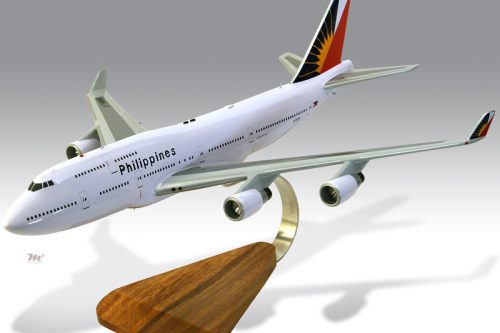
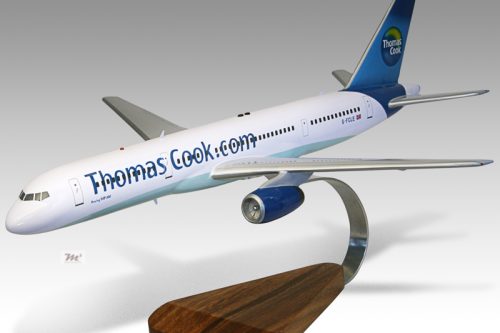
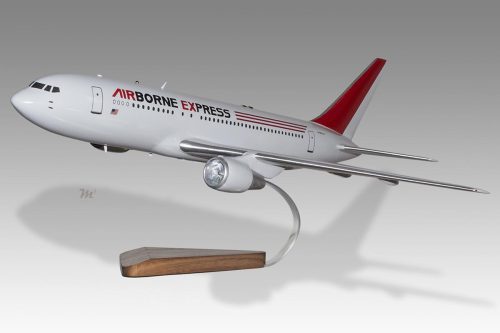
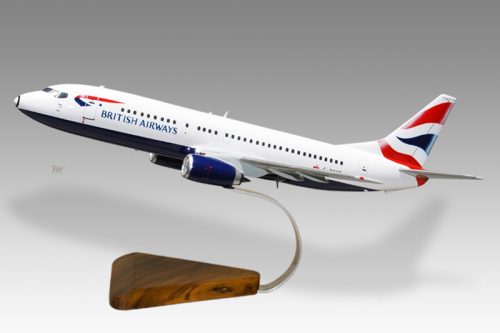
Reviews
There are no reviews yet.